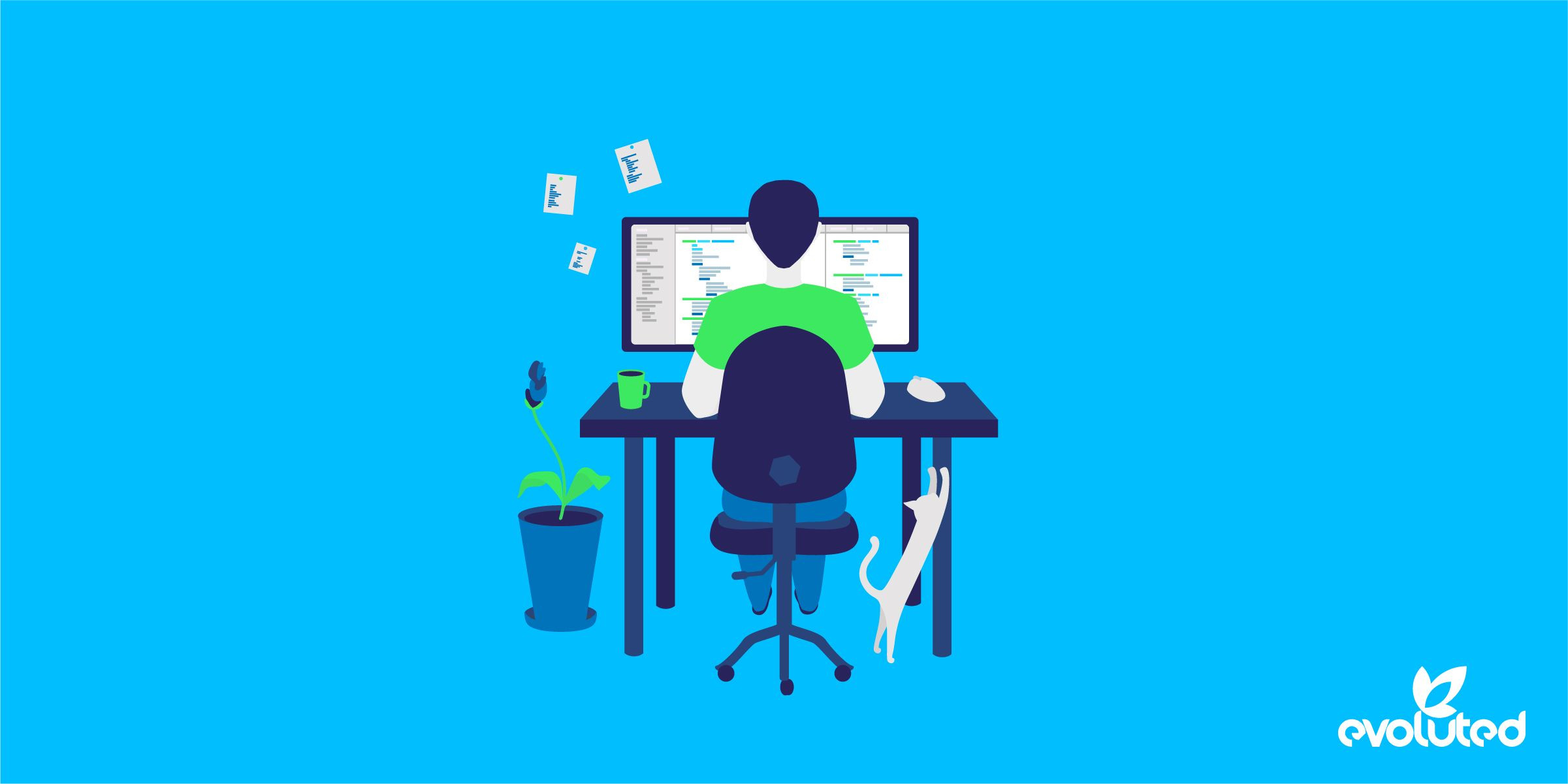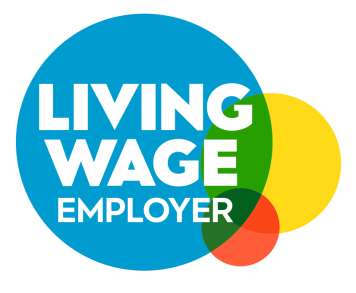Accessibility: the next SEO ranking factor?

With recent developments that it is now a legal requirement to meet site accessibility standards, could Google be making accessibility their latest focus for their next algorithm update? Our SEO expert unpacks Google’s recent activities and why they are moving towards making accessibility a core part of their ethos.
What is Web Accessibility?
The term 'web accessibility' refers to how usable a website or app is for its users including those with disabilities. Websites and apps that are properly designed should be developed to make sure it is usable for all users, including those with disabilities.
Site Accessibility and the Law
The digital wave is now here to stay with the average number of devices totalling a whopping nine devices per UK household in 2020, ranging from mobiles to smart speakers. Given how integrated technology is within our lives, from remote working to online shopping, it became a priority for the UK to evolve its accessibility law to include regulations for online accessibility to extend on existing obligations for people who have a disability under the Equality Act 2010 (or the Disability Discrimination Act 1995 in Northern Ireland).
In September 2018, public sector bodies were required to adhere to new accessibility regulations governing that they ‘must make your website or mobile app more accessible by making it ‘perceivable, operable, understandable and robust. You need to include and update an accessibility statement on your website’.
This meant that government entities were legally required to ensure they offer an accessible online experience through their websites for people with disabilities, for example offering information in an alternative, accessible format, like larger font or an audio recording.
It’s not surprising, then, to hear that Google is also integrating accessibility regulations into its values and ethos.

Google’s Mission Statement: Accessibility at its core
Google’s mission statement continuously reinforces their commitment to making information accessible to everyone by organising the world’s information and making it universally accessible through search. Naturally, they deliver on this by being committed to encouraging websites to become more inclusive. Google has a dedicated guide on accessibility for developers, publishers, and Google customers to support their mission.
Developing For Accessibility
Google has placed great emphasis on creating guides to developers and publishers to encourage websites, apps and products to be built with accessibility in mind. They reiterate that there are an estimated one billion people with disabilities around the world and how creating accessible content benefits both people with disabilities and without.
Developers are encouraged to join Google’s chromium-accessibility group which again only shows the organisation's dedication to changing the development space into thinking accessibility-first.
Google Chrome: Supporting Assistive Technology
Google’s chrome browser is an essential part of Google’s offerings. It has become one of the most popular internet browsers, which is why it comes as no surprise that Chrome offers assistive technology including a screen reader helpful for users with disabilities such as visual impairment as it allows content to be described to them, using technology like synthesised text-to-speech to deliver web content effectively.
Another important feature offered by Google is a magnifier, for users who have low-vision as it allows them to magnify their entire screen, or a chosen portion, to help them see and read content.
For users who have a preferred screen reader or magnifier, Chrome has been developed to be compatible with a range of existing assistive technologies offering an optimal experience for users. These resources can all be used by web developers and app publishers to make sure they offer an inclusive experience for their users who, in turn, are Google’s users.
Chrome Extensions
Another way Google is improving its user experience and accessibility, includes its Chrome Extensions offerings. Chrome extensions allow users to install personalised additions to their web browser that will improve their experience. As might be expected, Google has published guidance on accessibility extensions to enhance user experience and deliver content to everyone.
Once again, Google is trying to change the development landscape to accessibility-first thinking with its guidance on how to design accessible extensions showing their focus on creating a more inclusive development environment.

Google Maps: Better Maps for People with Vision Impairments
Another key Google product is Google Maps, which is why we can also observe more of the organisation’s values of inclusivity as they have built voice guidance for those with visual impairments. In 2019, Google Maps published their new feature that gives users the ability to have more detailed voice guidance and new types of verbal announcements for walking trips. This feature was a first for Google Maps because it was built by people with vision impairments for others with visual impairments. This only strengthens our understanding of Google’s missions and values.
Accessibility in Search
Accessibility is part of a wider topic known as user experience. We can easily observe how Google has made user experience an important part of their search algorithm.
At the end of 2017, Google confirmed that they would be rolling out a mobile-first algorithm meaning that priority is placed on a website’s mobile user experience. This was likely to match the demand of their users, who are increasingly using mobile devices to search. To complement this, they have made various recent algorithm updates to continue offering a good mobile user experience to users.
The Google Page Experience Update was rolled out in early 2022, placing increased emphasis on UX. Ranking factors, such as the Core Web Vitals, were made even more important to ensure pages load in a reasonable time for users. Google also announced that in March 2024, the Core Web Vitals will be updated to replace First Input Delay (FID) with Interaction to Next Paint (INP), further showing the search engine’s increasing focus on algorithm updates for better user experience.
Google’s Helpful Content Update was also introduced in 2023 and was designed to help users find high quality content that matches the intent of their search. It looks to identify what content is made to specifically rank on Google in comparison to content that has genuinely been developed to help and inform users. From this, we can safely assume that Google wants to provide results that offer a good user experience above web pages that are prioritising keyword ranking positions over its users. Naturally, accessibility is a part of user experience as a website cannot offer good UX if disabled users are not able to use the website.
We can learn from these previous algorithm updates that Google is improving their algorithm to ensure they offer their users with results that offer good UX for all users, including those with disabilities. As Google already prioritises UX in its algorithm, it seems like a natural step for Google to make web accessibility a ranking factor in the near future.
What can you do to prepare?
Web accessibility has always been a part of SEO, but we can see that Google as a company has been shifting in recent years to improve its user experience and accessibility. Recent algorithm updates from the company have placed increasing emphasis on UX and mobile experience. With this in mind, it would not be surprising if the next steps for Google in improving their algorithm will factor web accessibility as a ranking factor.
To prepare, you should begin by completing a UX audit on your website, or have our dedicated team complete it for you. Our audits identify areas of improvement including those that Google has already incorporated into their algorithm, such as page loading speeds, and potential updates. As part of this audit, web accessibility will be measured which provides you with clear areas for improvement that can be actioned before an announcement is made by Google, making you prepared for potential upcoming algorithm updates. Working in collaboration with our SEO team, we can implement the reccomended changes needed to enhance user experience on your website making your website compete above competitors!
Check out our UX and SEO services today to get started on improving your website, and download our free guide to website UX.











